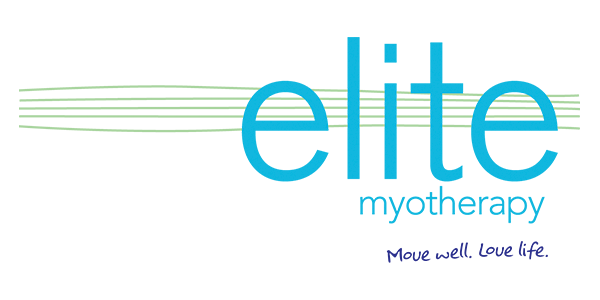Flexibility and mobility are two critical components of physical wellness that directly impact our ability to move freely, comfortably, and safely throughout our daily lives. While they’re often used interchangeably, the two terms represent distinct aspects of physical function.
- Flexibility refers to the ability of a muscle or muscle groups to lengthen passively through a range of motion. In other words, it’s how far a muscle can stretch.
- Mobility, on the other hand, relates to the ability of a joint to move actively through its range of motion. This involves not just the muscles, but also the joint structures, tendons, ligaments, and the synovial fluid in the joint capsules.
Benefits of Enhanced Flexibility and Mobility:
Reduction in Injury Risk
Tight muscles and stiff joints can lead to imbalances in the body, making individuals more susceptible to injuries, especially during physical activities. Maintaining good flexibility and mobility can therefore reduce the risk of strains, sprains, and muscle imbalances.
Improved Athletic Performance
Greater mobility allows for a more extensive and efficient range of motion, leading to enhanced athletic performance in sports and other physical activities.
Better Posture and Alignment
Flexibility and mobility exercises can correct postural imbalances, leading to better posture, reduced muscle tension, and decreased risk of chronic musculoskeletal conditions.
Enhanced Circulation
Stretching and mobility exercises promote blood flow, ensuring that muscles and joints receive the necessary nutrients for recovery and health.
Increased Functional Independence
As we age, flexibility and mobility tend to decline, impacting our ability to perform daily tasks. Regular flexibility and mobility exercises can help ensure functional independence into older age.
Myotherapy and its Role in Flexibility and Mobility
Myotherapists use various techniques to address muscle tightness, pain, and joint restrictions. Here’s how myotherapy can contribute to improved flexibility and mobility:
Muscle Release Techniques
Myotherapists use hands-on techniques like deep tissue massage, trigger point therapy, and myofascial release to reduce muscle tension and improve flexibility.
Joint Mobilization
Myotherapists can employ techniques to improve joint mobility, leading to better range of motion and reduced pain.
Stretching and Exercise Prescription
Myotherapists often prescribe specific stretching and mobility exercises tailored to individual needs, ensuring that patients maintain the benefits of therapy in the long run.
Education and Advice
Myotherapists can provide valuable advice on maintaining proper posture, ergonomics, and movement patterns, helping individuals reduce the risk of future injuries.
Tailored Treatment Plans
Given that every individual is unique, myotherapists offer personalized treatment plans based on comprehensive assessments to address specific concerns and goals.
The synergistic relationship between flexibility, mobility, and injury prevention cannot be overstated. Incorporating myotherapy into one’s wellness regimen can be a significant step towards a pain-free, functional, and active life.







